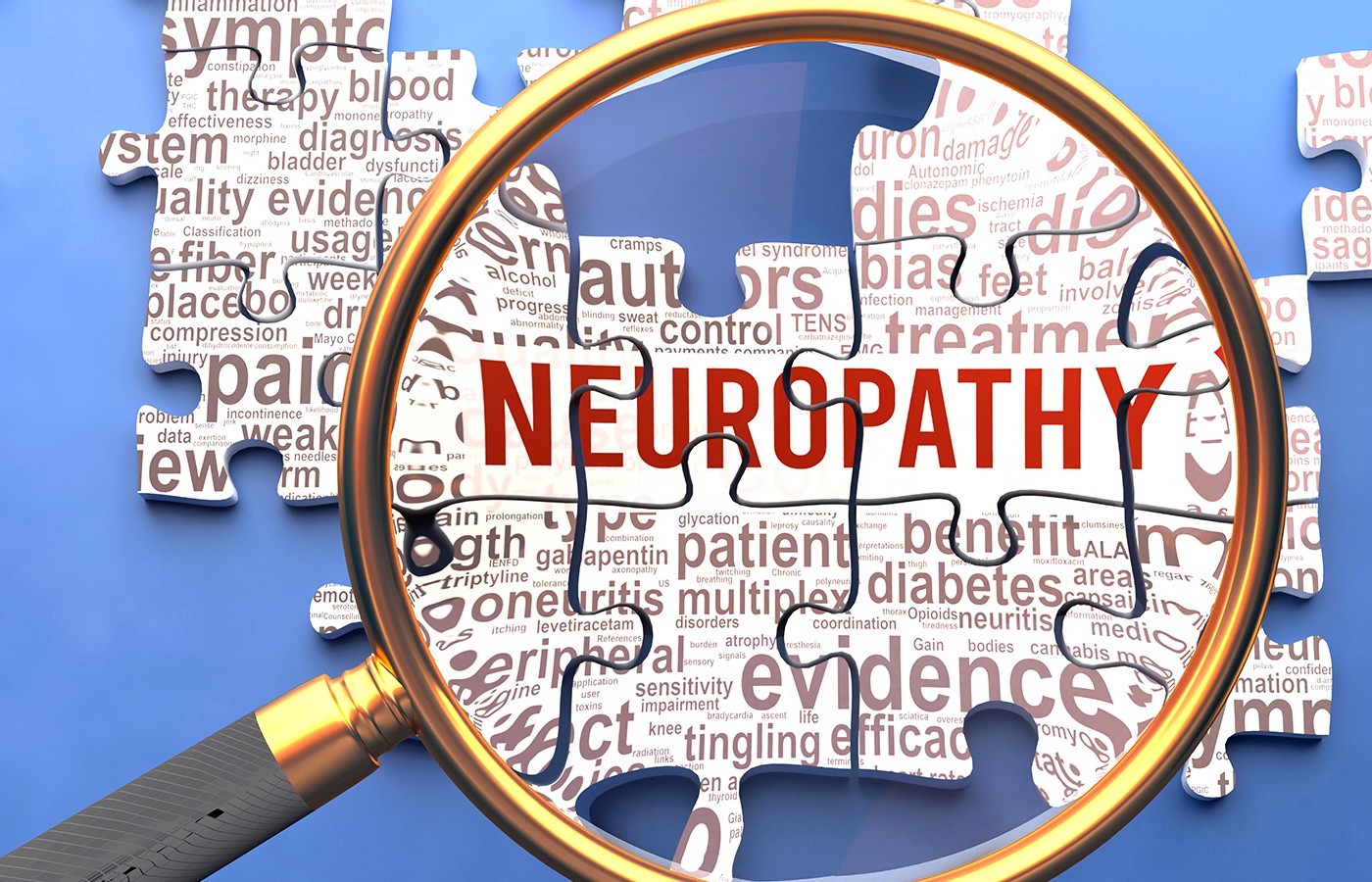Whether you accept it, avoid it or live somewhere in between, insurance coverage has become a defining issue for our profession. Patients increasingly expect to use their benefits, practitioners want to be compensated fairly for their time and expertise, and the system itself remains – at best – fragmented. The encouraging news is that coverage has expanded in meaningful ways. The challenging news is that reimbursement, across the board, remains inadequate.
Acupuncture for Neuropathic Pain
When a new 61-year-old female patient told me 10 years ago that her primary care physician referred her to me for treatment of her neuropathic pain in her legs due to her diabetes and feet, I was puzzled. The images of patients with repeated wounds on their toes and feet that do not heal I had seen in the past flooded my mind, and I asked the patient to show me her feet. While the patient was taking off her shoes and socks, I was thinking, Why would her doctor refer her to me for neuropathic pain?
Dimitrova, Murchison, and Oken (2017)1 reported in their systematic review, “Acupuncture regimens, control conditions, and outcome measures differed among studies, and various methodological issues were identified. Still, the majority of RCTs [randomized, controlled trials] showed benefit for acupuncture over control in the treatment of diabetic neuropathy, Bell’s palsy, and carpal tunnel syndrome.”
Cho and Kim (2021)2 reported in their narrative review on diabetic neuropathy, “All studies reported that acupuncture significantly relieved diabetic neuropathy. ST36, BL13, BL20, SP6, and SP9 were the most widely used acupoints.”
However, when the patient showed me her feet, her toes and feet looked fine; there were no wounds. I asked her to tell me more about her condition.
“I feel tingling in my legs and feet, especially in my right leg,” the patient explained. “The tingling gets worse when I sit, and it wakes me up at night. It’s been going on for a couple of years, but the tingling has become more frequent and more intense.”
The patient also reported that the tingling in her feet became less noticeable or disappeared completely during and after walking for awhile.
After five sessions of acupuncture treatments according to the zang-fu diagnostic methods, which included most of the points listed by Cho and Kim (2021), the patient reported that her digestion and sleep had improved, and that she had not felt nearly as tired as she normally had after work. Unfortunately, the tingling in her feet remained about the same.
My instincts told me that I had been missing something important, and as I typically do in such situations, I turned to the most basic diagnostic methods in traditional Chinese medicine, particularly to visual inspection and palpation.
The patient’s calves were enlarged, and after I asked her about which physical activities she preferred, she replied, “Running and, even more so, walking.” She also reported longer hours at her new job, which she had started a few months before her first symptoms appeared. Light-pressure palpation revealed the areas of muscle spasm in the anterior, lateral, and posterior aspects of her legs, more so in her right leg.
To find the ashi points as precisely as I could, I used first large and then small light-pressure pinches of the tissues where the muscle spasms were (Shudo and Brown, 2003).3 While I found many points, I focused primarily on those points that (1) were markedly tighter than the surrounding tissues; and (2) triggered the patient’s tingling.
I inserted many 38-gauge needles in the tightness of the points during the light pressure on which the patient reported that her feet or toes tingled, using the depth and angle of each pinch as a guide. I stimulated the needles every 3–5 minutes until the muscle spasm became softer to the touch.
After three sessions, most of the spasm was gone, and finding tight points that reproduced the tingling sensations became more difficult. The patient came for three additional treatment sessions, after which all of her tingling sensation was gone.
Even though research has been showing a significant success rate of acupuncture treatment for peripheral neuropathy for some time (Schröder, Liepert, Remppis, and Greten, 2007),4 medical doctors have begun referring more patients who suffer from this condition to me in recent years. Unlike 10 years ago, however, I now begin evaluating patients with neuropathy using palpation first and only then turn to the other techniques of traditional Chinese medicine.
On the one hand, this approach appears to address only those types of neuropathy whose cause is nerve compression. But on the other hand, scientists admit that the cause of nearly half of neuropathy cases remains unclear (Terkelsen, et al., 2017).5 To my pleasant surprise, the approach of using light-pressure pinches has proven to be a reliable clinical diagnostic tool almost every time, and I highly recommend it.
References
- Dimitrova A, Murchison C, Oken B. Acupuncture for the treatment of peripheral neuropathy: a systematic review and meta-analysis. J Compl Alt Med, 2017;23(3):164-179.
- Cho E, Kim W. Effect of acupuncture on diabetic neuropathy: a narrative review. Int J Molec Sci, 2021;22(16):8575.
- Shudo D, Brown S. (tr). Finding Effective Acupuncture Points, 1st Edition. Seattle: Eastland Press, 2003.
- Schröder S, Liepert J, Remppis A, Greten JH. Acupuncture treatment improves nerve conduction in peripheral neuropathy. Euro J Neurol, 2007;14(3):276-281.
- Terkelsen AJ, Karlsson P, Lauria G, et al. The diagnostic challenge of small fibre neuropathy: clinical presentations, evaluations, and causes. Lancet Neurol, 2017;16(11):934-944.



